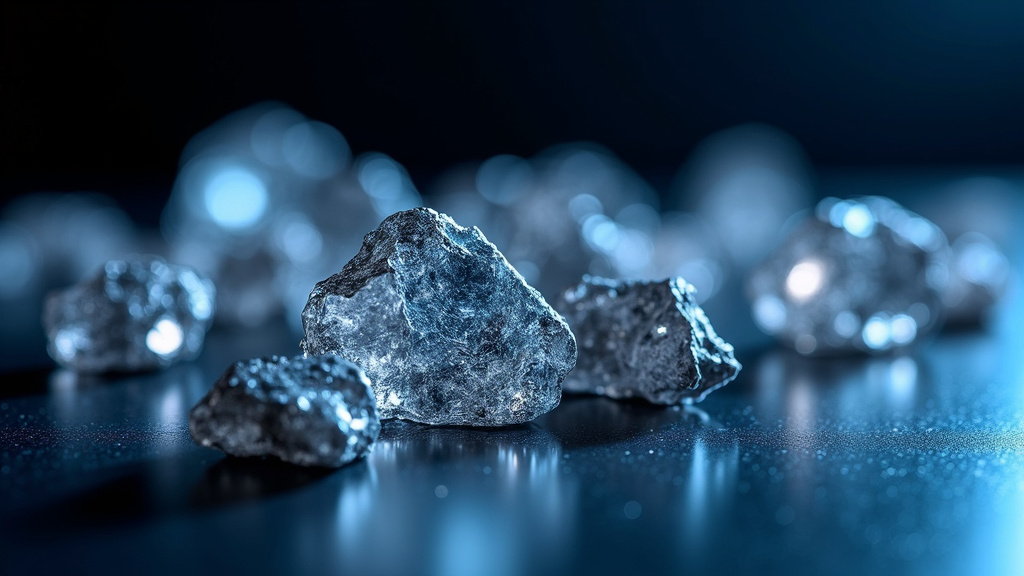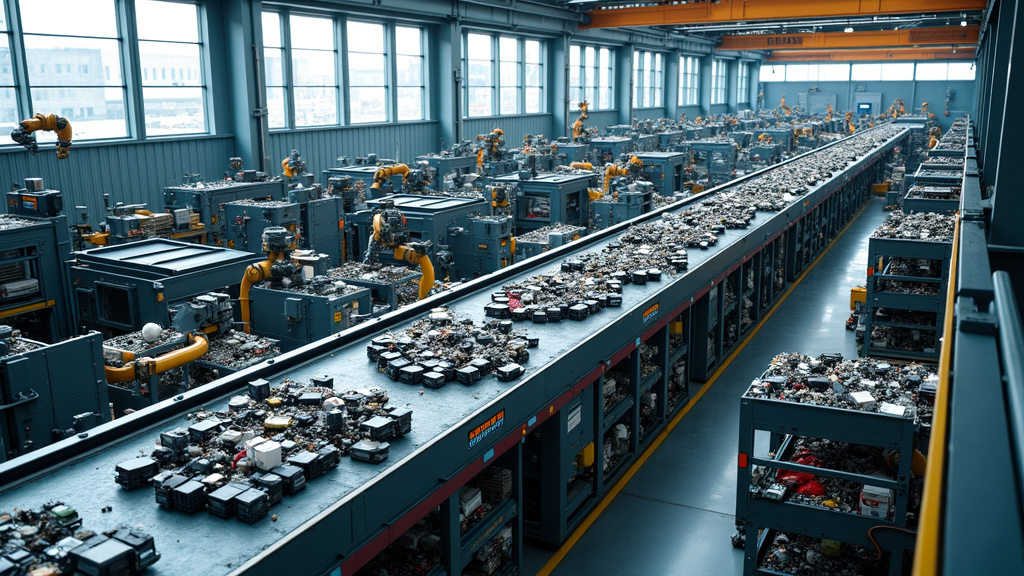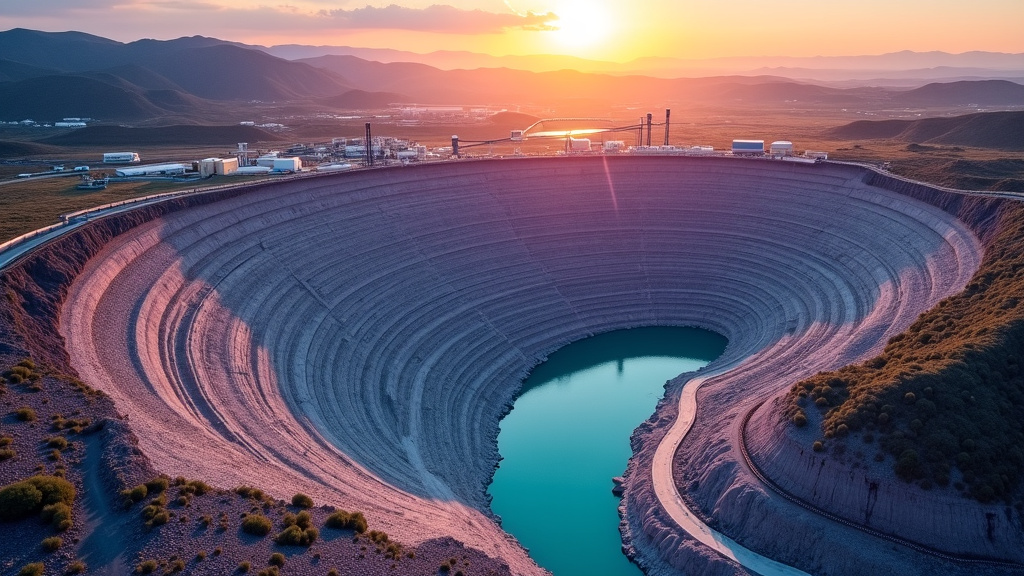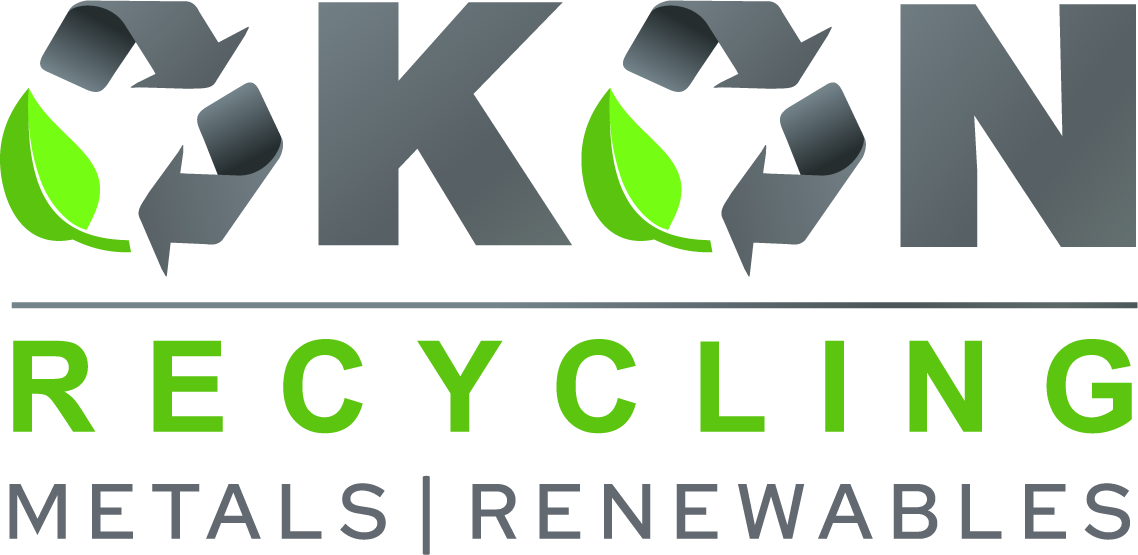5901 Botham Jean Blvd, Dallas, TX 75215
Understanding Rare Metal Export Regulations
February 20, 2025Did you know that one country controls over 80% of the world’s rare metal supply? It’s true—China dominates the rare metals industry, wielding significant power over global technology supply chains. This statistic underscores why rare metal export regulations have become a critical issue for national security and economic growth worldwide.
Rare metals play a vital but often invisible role in our modern lives. These elements are key ingredients in smartphones, electric vehicles, wind turbines, and military equipment. Without them, many technologies we rely on wouldn’t function. However, obtaining these metals from the ground to your gadgets isn’t simple.
China’s control over rare metals means other countries must navigate strict export rules to access these crucial resources. It’s like trying to buy groceries when one store owns most of the food—you have to follow their rules. These regulations aim to keep rare metals within China’s borders, giving their industries an edge and allowing them to control global supplies.
The stakes are high in this mineral chess game. Countries like the United States worry that China could cut off rare metal exports, crippling their ability to produce advanced technologies and maintain military readiness. Understanding these export rules is crucial for anyone interested in technology, economics, or global politics.
China’s Dominance in Rare Metal Production

China’s grip on the global rare earth metals market is remarkable. For decades, the country has positioned itself as the leader in both production and processing of these critical elements. But how tight is China’s hold on this vital sector?
Consider these statistics: As of 2023, China mines about 210,000 metric tons of rare earth oxides annually, nearly 60% of global production. Even more staggering is China’s dominance in processing – they control 85-90% of the world’s refining capacity for rare earths.
| Year | Production (metric tons REO) |
|---|---|
| 2010 | 130,000 |
| 2011 | 105,000 |
| 2012 | 100,000 |
| 2013 | 95,000 |
| 2014 | 105,000 |
| 2015 | 105,000 |
| 2016 | 105,000 |
| 2017 | 105,000 |
| 2018 | 120,000 |
| 2019 | 132,000 |
| 2020 | 140,000 |
| 2021 | 168,000 |
| 2022 | 210,000 |
| 2023 | 240,000 |
This level of market control is the result of decades of policy decisions and strategic investments. China recognized the strategic importance of rare earths long before many other nations.
The Global Impact of China’s Rare Earth Dominance
China’s near-monopoly on rare earth production and processing has significant implications for industries and economies worldwide. These elements are essential in everything from smartphones and electric vehicles to wind turbines and advanced weapon systems.
The vulnerability of global supply chains became clear in 2010 when China temporarily halted rare earth exports to Japan during a diplomatic dispute. This move affected the tech industry and highlighted the overreliance on Chinese rare earth supplies.
In response, countries like the United States, Australia, and Japan are developing alternative sources and processing capabilities. The U.S. has reopened mines and invested in new refining facilities, while Japan has advanced in rare earth recycling and supply chain diversification.
Challenges in Breaking China’s Rare Earth Monopoly
Reducing dependence on Chinese rare earths is challenging due to several factors:
1. Cost: Mining and processing outside of China is more expensive due to stricter environmental regulations and higher labor costs.
2. Environmental concerns: Rare earth extraction and refining can be polluting. China’s lenient environmental standards have given it a competitive edge at a significant environmental cost.
3. Technical expertise: China has spent decades developing its rare earth industry. Other countries are catching up in terms of technical knowledge and infrastructure.
Diversifying the global rare earth supply chain will be crucial for economic and national security. However, this transition requires time, investment, and innovation. Meanwhile, China’s dominance in rare earth production will continue to influence global industries and geopolitics for years to come.
Impact of Export Regulations on Global Industries

China’s recent export restrictions on critical rare earth metals have sent shockwaves through global industries. These regulations, imposed in response to U.S. semiconductor sanctions, have far-reaching consequences beyond China-U.S. relations.
How are these export controls impacting industries worldwide? Manufacturers of high-tech products like semiconductors, electric vehicle batteries, and advanced weaponry face potential supply shortages and price volatility. Gallium and germanium, crucial for chip production and now restricted by China, are particularly affected. With China producing 94% of gallium and 83% of germanium, alternative sources are scarce.
The ripple effects are felt across sectors. Renewable energy companies need rare earth magnets for wind turbines and electric motors, while defense contractors require specialized alloys for military hardware. Even consumer electronics firms are affected, as rare earths are essential for smartphones, laptops, and other devices.
Diversification: A Strategic Imperative
In response, companies and governments are intensifying diversification efforts. But how feasible is it to reduce dependence on Chinese rare earths soon? The challenges are significant, given China’s dominance across the supply chain—from mining to processing and manufacturing.
Some countries are taking bold steps. Japan, for example, has cut its reliance on Chinese rare earths from 90% to 58% since 2010 by investing in alternative sources and recycling. Australia is positioning itself as a reliable supplier, ramping up production and processing capabilities. The U.S. is reopening domestic mines and offering incentives for rare earth projects.
Yet, building a robust ex-China supply chain is challenging. Processing facilities require substantial capital, expertise, and time to develop. Environmental concerns and regulatory hurdles can delay projects. Moreover, China’s economies of scale and lower production costs give it a competitive edge.
| Country | Imports from China (metric tons) | Total Imports (metric tons) | % of Imports from China |
|---|---|---|---|
| EU | 869.2 | 882.2 | 98.5 |
| USA | 417.6 | 438.6 | 95.2 |
| South Korea | 86.1 | 94.6 | 90.9 |
| Japan | 4,233.4 | 8,729.2 | 48.5 |
Innovation as a Path Forward
Could technological innovation offer solutions to this supply chain issue? Promising developments are emerging. Researchers are exploring alternatives to rare earth materials in some applications. For instance, advances in battery technology are reducing reliance on cobalt, a critical mineral largely processed in China.
Recycling is gaining traction. With the right infrastructure, a significant portion of rare earths could be recovered from discarded electronics and industrial waste. This “urban mining” approach could help build domestic supplies without new extraction.
As industries grapple with the fallout from China’s export regulations, it’s clear that the era of taking stable rare earth supplies for granted is over. Companies must now factor geopolitical risks into their sourcing decisions and invest in supply chain resilience. Those adapting quickly to this new reality will be better positioned for future disruptions.
What strategies are most crucial for ensuring stable access to critical minerals? How might continued export restrictions reshape global trade patterns and industrial competitiveness? The answers to these questions will likely shape the future of many high-tech industries in the coming years.
Strategic Responses to Export Challenges

China’s dominance in the rare earth metals industry has led countries like the United States and Japan to develop strategies to reduce reliance on Chinese exports. These nations are focusing on exploring alternative sources and enhancing recycling efforts. Here are the innovative approaches being taken to address this challenge.
Exploring Alternative Sources
Countries are working to diversify their supply chains by identifying new sources of rare earth metals. This strategy involves several innovative approaches:
Domestic mining initiatives have gained traction. The United States, for example, has reopened the Mountain Pass mine in California, once the world’s largest rare earth producer, aiming to revitalize domestic production.
International partnerships are forming to secure critical materials. The U.S.-Australia Critical Minerals Partnership is a prime example, promoting collaboration to strengthen rare earth mining and processing capabilities in both nations, thereby creating a more resilient global supply network.
Enhancing Recycling Efforts
Recycling rare earth metals from end-of-life products and industrial waste is a key strategy. This approach offers several benefits:
Japan has pioneered rare earth recycling technologies, setting an example for other nations. By recovering these materials from used electronics and industrial byproducts, Japan has significantly reduced its reliance on imports.
Advancements in recycling processes are making it increasingly feasible to extract rare earth elements from various waste streams. For instance, researchers are developing methods to recover these metals from coal ash, red mud, and electronic waste, providing promising alternatives to traditional mining.
Policy Shifts and Resource Management
Governments are implementing policy changes to support these strategic initiatives:
The United States has designated rare earth metals as critical materials, leading to increased funding for research and development in alternative sources and recycling technologies. This policy shift underscores the importance of securing a stable supply chain.
Japan has implemented a comprehensive resource management strategy, including stockpiling and investing in overseas mining projects. These measures aim to ensure a steady supply of rare earth metals, even in times of geopolitical uncertainty.
As countries continue to innovate and collaborate, the global landscape of rare earth metal production and supply is evolving. These strategic responses not only address immediate challenges but also pave the way for a more sustainable and resilient future in critical material resources.
Future Outlook on Rare Metal Export Regulations

The future may see increased efforts by countries like the United States and Japan to diversify their rare metal sources, reducing dependence on China. This could lead to new mining projects and processing facilities in countries such as Australia, Canada, and African nations with untapped reserves.
Adaptation will be crucial for businesses in this changing terrain. Companies might need to invest in R&D to find alternatives or enhance recycling technologies for rare metals. Supply chain managers should prioritize resilience through supplier diversification and stockpiling critical materials when possible.
Governments worldwide are likely to implement policies supporting domestic rare earth production and processing. This could include tax incentives, research grants, and streamlined permitting for new mining operations. International cooperation may also intensify, with strategic partnerships forming between allied nations to secure rare metal supplies.
The geopolitical implications of rare metal export regulations will continue to evolve. Trade negotiations and diplomatic relations will increasingly factor in access to these resources. Countries may use rare metal exports as leverage in broader economic and political discussions, potentially leading to new trade alliances and agreements.
Environmental considerations will play a growing role in shaping future regulations. As awareness of the ecological impact of rare earth mining grows, stricter environmental standards may be imposed on both domestic and international producers, driving innovation in more sustainable extraction and processing methods.
Economic resilience will be a key focus for nations and industries. Strategies to buffer against supply disruptions and price volatility will become increasingly important. This may include the development of strategic reserves, investment in recycling infrastructure, and exploration of urban mining techniques to recover rare metals from electronic waste.
Final Words
As industries evolve, new business models and technologies will emerge, driving innovation in material science and reducing reliance on scarce rare metals. Companies that develop substitutes or enhance material efficiency will be well-positioned in this changing landscape.
The future of rare metal export regulations presents both challenges and opportunities. Staying informed, fostering innovation, and building resilient strategies are essential for businesses, policymakers, and researchers navigating this complex global market.
By embracing sustainable practices and proactive regulatory engagement, stakeholders can contribute to a more stable and resource-efficient economy while ensuring long-term access to critical materials.
For expert guidance on rare metal recycling and compliance, Okon Recycling offers innovative solutions that help businesses adapt to regulatory changes while promoting sustainability. Contact Okon Recycling at 214-717-4083 to explore how your company can stay ahead in the evolving rare metals industry.
